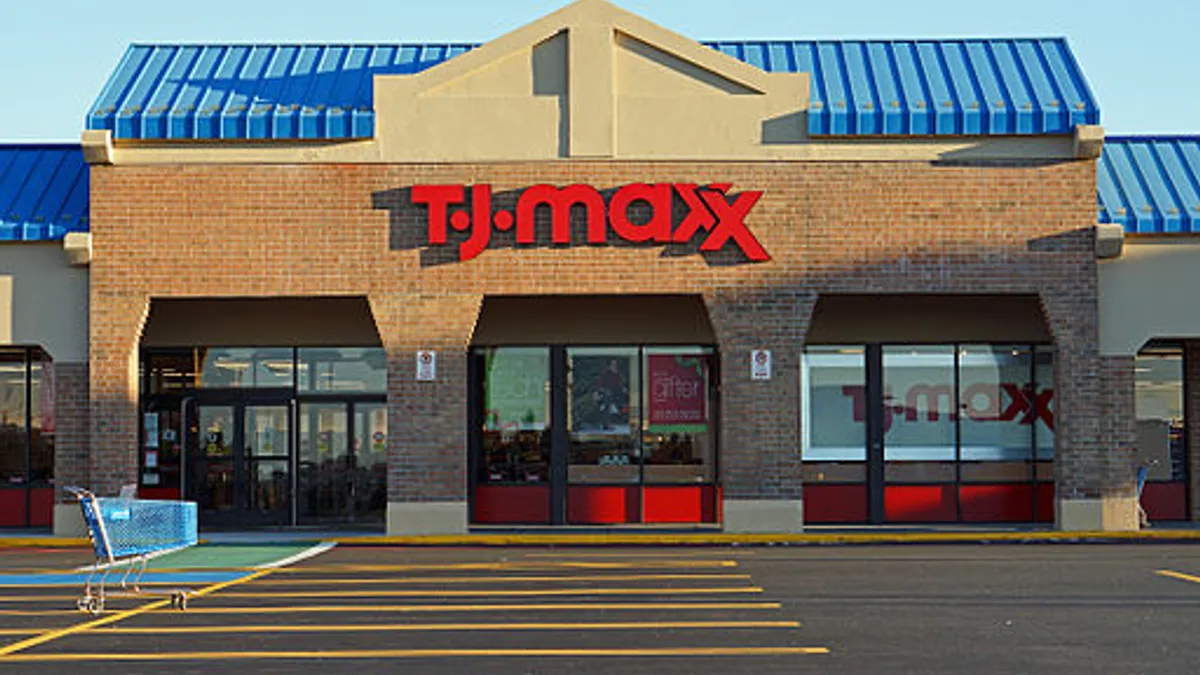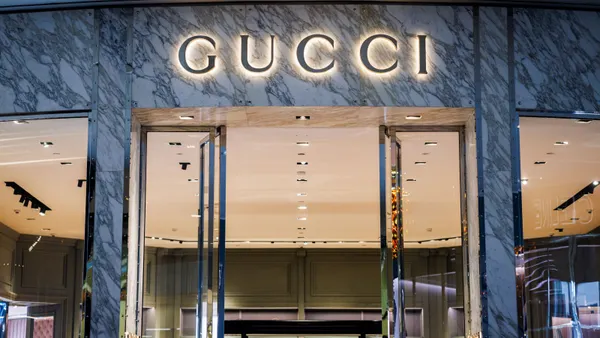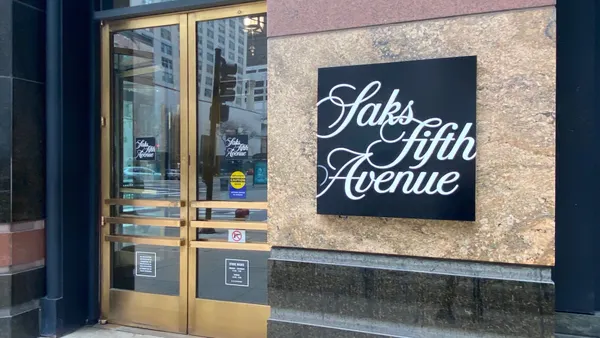Dive Brief:
-
The off-price sector is poised for further growth, thanks in part to solid fundamentals like a robust merchandise pipeline, a healthy consumer base and plenty of runway for brick-and-mortar expansion, according to a note on TJX Companies, Burlington and Ross Stores from JPMorgan analysts emailed to Retail Dive.
-
One of the major reasons for optimism is those retailers’ value proposition. TJX and Ross are driving foot traffic with pricing 20% to 60% below both Amazon and full-line department stores, according to the report. The growth translates to $18 billion to $19 billion of incremental sales for off-price stores by 2021. That growth comes primarily at the expense of department stores, which combined have lost $25 billion in sales since 2011 and are on pace to lose another $22 billion sales over the next five years, the analysts, led by Matthew Boss, wrote.
-
Off-price retailers continue to buck the prevailing notion that brick-and-mortar retail is dead. JPMorgan analysts argue that the “growth runway for off-price is far from over.” It will be at least a decade before the chains reach saturation. For example, the analysts said Ross’s long-term store target of 2,500 is “likely conservative.”
Dive Insight:
Deep in JPMorgan’s report is a potential red flag for none other than Amazon, whose apparel play appears in key ways to closely resemble department store apparel sales — one of the most troubled areas of retail.
“Amazon’s foray into apparel resembles a full-price department store model much more so than off-price based on its pricing structure, fashion focus (Prime Wardrobe) and closure of flash-sales website MyHabit in April 2016,” Boss and his team wrote this week.
Other research has found that Amazon is indeed playing with lower prices, as in athleisure. "Despite attracting leading brands like Under Armour, which has a handful of products on Amazon that sell for over $200, the e-tailer’s activewear market is still largely driven by low-price purchases, making it a more effective distribution channel for seasonal sell-through than high-end or in-season merchandise," according to an L2 report earlier this year. "Brands should consider distributing these more expensive products through direct-to-consumer (DTC) storefronts or their brand website.”
But Amazon's apparel sales may also suffer to some extent from its dearth of brick and mortar. In a survey of more than 2,500 U.S. consumers, global management consulting firm A.T. Kearney found that among those who prefer to buy online, fully two-thirds say they still rely on a physical store either before or after their purchase.
That's especially an issue in competition with off-price retailers, which continue to rely on (and grow) physical stores. In the process, they foment a treasure hunt atmosphere, which JPMorgan noted is helping TJX retailers to a great extent.
"The shift to off-price has come at the expense of the full-price channel for the last several years as evidenced by comp ... trends and overall sales performance driven by the consumers’ search for value, the appeal of the treasure hunt shopping experience, and the increase in quality-branded merchandise in the off-price channel," according to the JPMorgan analysts.














